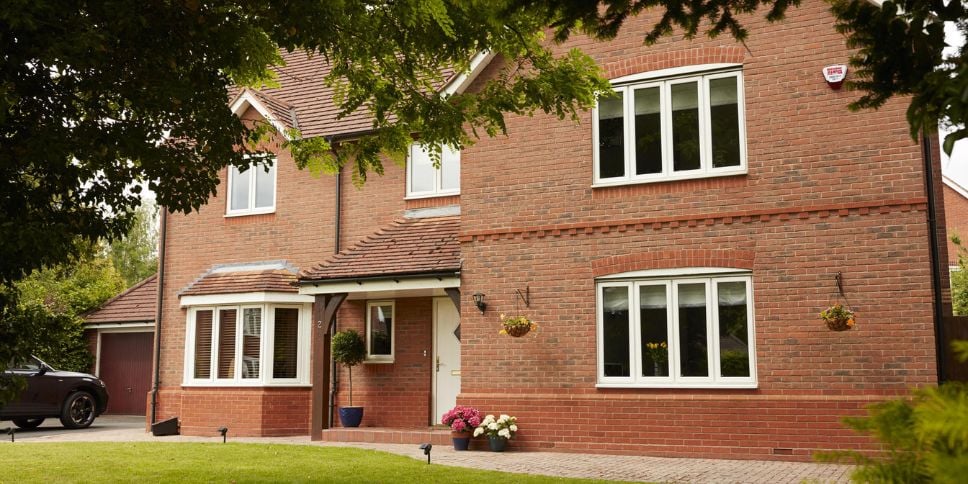What is subsidence and how can I help protect my home?

At NFU Mutual, we understand that your home is more than just bricks and mortar - it's a place to relax, recharge and create cherished memories. That’s why having the right home insurance is so important, along with an understanding of what subsidence is and the signs homeowners should be aware of.
What is subsidence?
Subsidence occurs when the ground beneath a property gradually sinks or shifts downward. It can affect buildings, roads, and other structures, often leading to cracks, tilting, or in severe cases - structural failure.
We know that any damage to your home, especially subsidence, can cause upset and uncertainty. However, having a better understanding of the issue, along with a summary of the claims process, can help provide clarity and reassurance.
What are the common causes of subsidence?
There are two common causes:
1. Clay shrinkage – Soil with a high clay content can become too dry, causing the foundations to become unstable. This is often worsened by large, established trees or vegetation near the property that absorb moisture from the soil. It’s more frequent during extended dry and hot conditions.
2. Defective drainage or underground pipes – Leaks from drains or pipes can soften the soil, making the foundations unstable.
What are the signs of subsidence?
Diagonal cracks on the outside of your property - sometimes appearing inside - that start from ground level, may indicate movement in the foundations. These cracks often appear near doors and windows or where an extension joins the original structure. Other signs include sticking doors or windows, or a noticeable lean in part of the property.
If you notice any of these signs, contact your home insurance provider so they can investigate the cause.
What can I expect when making a subsidence claim?
It’s important to report any possible signs of subsidence to your home insurance provider as soon as possible. At NFU Mutual, we have a dedicated subsidence team supported by expert suppliers to investigate and repair damage covered under your policy.
Most valid subsidence claims can take a year or more to resolve, as several stages are involved in ensuring the cause is addressed properly and repairs are completed to the right standard. At NFU Mutual, our experienced claims team and suppliers are there to support you through each stage of the claim journey.
Typically, the following stages are involved:
- Investigate – A subsidence expert will inspect your property to determine if the damage is likely caused by subsidence. This may include a drainage survey, soil sampling, and vegetation assessment.
- Mitigate – This involves repairing drainage issues and pruning or removing trees/vegetation contributing to the subsidence.
- Monitor – After mitigation, your property will be monitored for 6–12 months to ensure the foundations and soil have stabilised.
- Repair – Once monitoring confirms stability, the necessary repairs to your property will be carried out.
How can homeowners protect their property from the risk of subsidence?
While subsidence may seem daunting, there are practical steps homeowners can take to reduce the risk:
- Tree and vegetation management – Regularly prune and maintain trees and shrubs near your property. Consult a professional tree surgeon for advice.
- Effective drainage – Ensure drains are functioning properly. Signs of issues include overflowing inspection covers, toilets failing to flush, or unpleasant smells. Also check that guttering and downpipes are clear.
- Regular inspections – Periodically inspect the exterior of your property to spot any damage early and take appropriate action.
